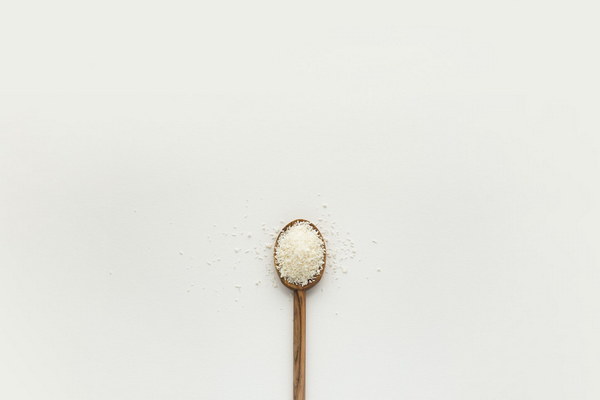Unlock the Power of Microneedling A Comprehensive Guide to Skin Rejuvenation
Microneedling, a revolutionary skincare technique, has been making waves in the beauty industry for its ability to rejuvenate and revitalize the skin. This article delves into the intricacies of microneedling, exploring its benefits, procedure, and how it can transform your complexion.
Introduction to Microneedling
Microneedling, also known as collagen induction therapy (CIT), is a minimally invasive procedure that involves using fine needles to create controlled micro-injuries in the skin. These micro-injuries stimulate the body's natural healing process, leading to the production of collagen and elastin, which are essential for healthy, youthful-looking skin.
How Microneedling Works
The process of microneedling is quite simple. A microneedling pen or roller is used to create tiny punctures in the skin, which can be as small as 0.5mm. These punctures are not deep enough to cause significant damage but are sufficient to trigger the body's repair mechanisms.
As the skin heals, the body responds by producing new collagen and elastin, which help to improve skin texture, reduce the appearance of scars, and diminish fine lines and wrinkles. The treatment is often combined with the application of growth factors or other serums to enhance the results.
Benefits of Microneedling
There are numerous benefits to microneedling, making it a popular choice for those looking to improve their skin's appearance:

1. Collagen Production: The stimulation of collagen and elastin is the cornerstone of microneedling's effectiveness. These proteins provide structure and elasticity to the skin, resulting in a more youthful and radiant complexion.
2. Scar Reduction: Microneedling is particularly effective in reducing the appearance of acne scars, surgical scars, and stretch marks. The treatment encourages the growth of new skin cells, which can help to fill in indentations and smooth out the skin's surface.
3. Fine Line and Wrinkle Reduction: The increased collagen production can help to diminish the appearance of fine lines and wrinkles, giving the skin a more supple and smooth texture.
4. Enhanced Skin Texture: By encouraging cell turnover, microneedling can improve overall skin texture, leaving it softer and more even.
5. Non-Invasive: Microneedling is a non-surgical, non-ablative procedure, meaning it doesn't involve any incisions or downtime. This makes it a safer and more accessible option compared to more invasive treatments like laser resurfacing.
6. Customizable: The treatment can be tailored to suit individual skin types and concerns, making it a versatile option for a wide range of patients.
The Microneedling Procedure
The microneedling procedure is relatively quick, typically taking between 30 minutes to an hour, depending on the area being treated. Here's what you can expect:
1. Preparation: Before the treatment, the skin is cleansed and prepared. A topical anesthetic may be applied to minimize discomfort.
2. Needle Depth: The depth of the needles can be adjusted according to the individual's skin type and the specific concerns being addressed. The dermatologist or aesthetician will determine the optimal needle depth for the procedure.
3. Needling: The microneedling pen or roller is moved over the skin in a controlled, overlapping pattern. The device creates the necessary micro-injuries while minimizing discomfort.
4. Aftercare: After the treatment, the skin may appear red and slightly swollen. It's important to follow the aftercare instructions provided by the practitioner to ensure proper healing. This usually involves avoiding sun exposure, using gentle skincare products, and applying soothing creams.
Conclusion
Microneedling is a safe and effective way to rejuvenate the skin, offering a range of benefits without the downtime associated with more invasive procedures. Whether you're looking to reduce the appearance of scars, fine lines, or simply improve your skin's texture, microneedling could be the solution you're seeking. Consult with a qualified dermatologist or aesthetician to discuss whether microneedling is right for you and to develop a personalized treatment plan.









